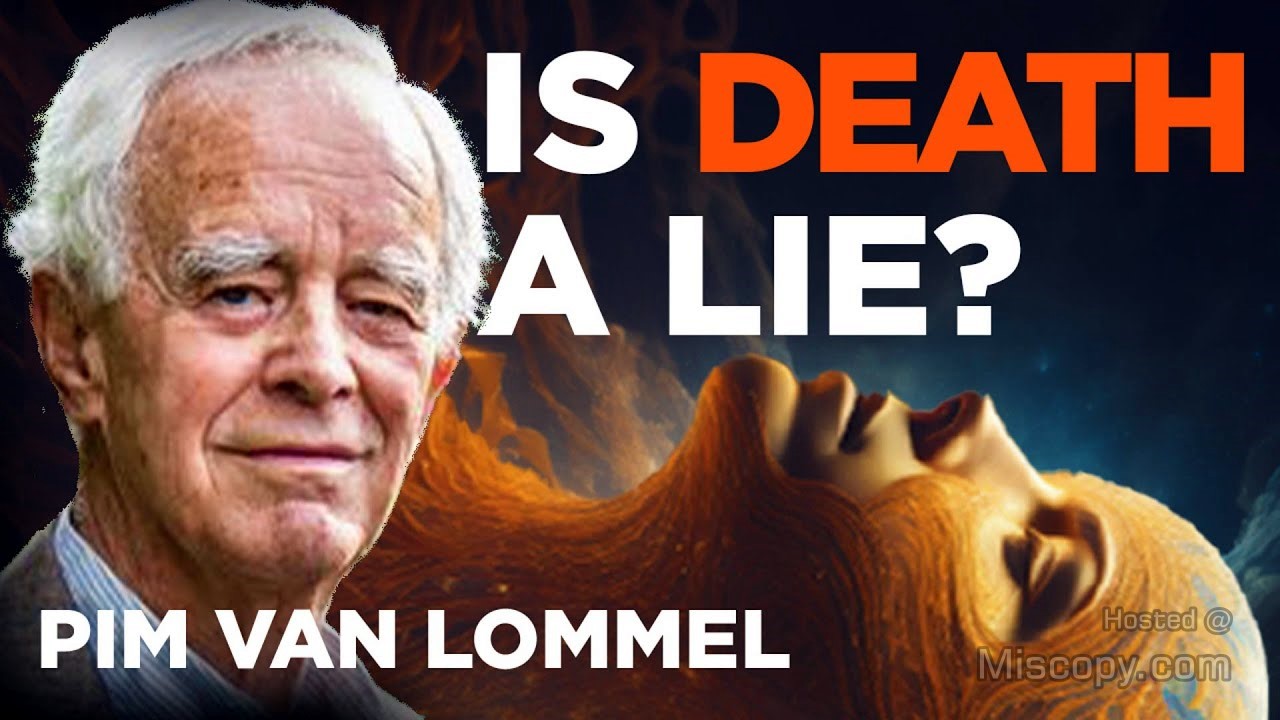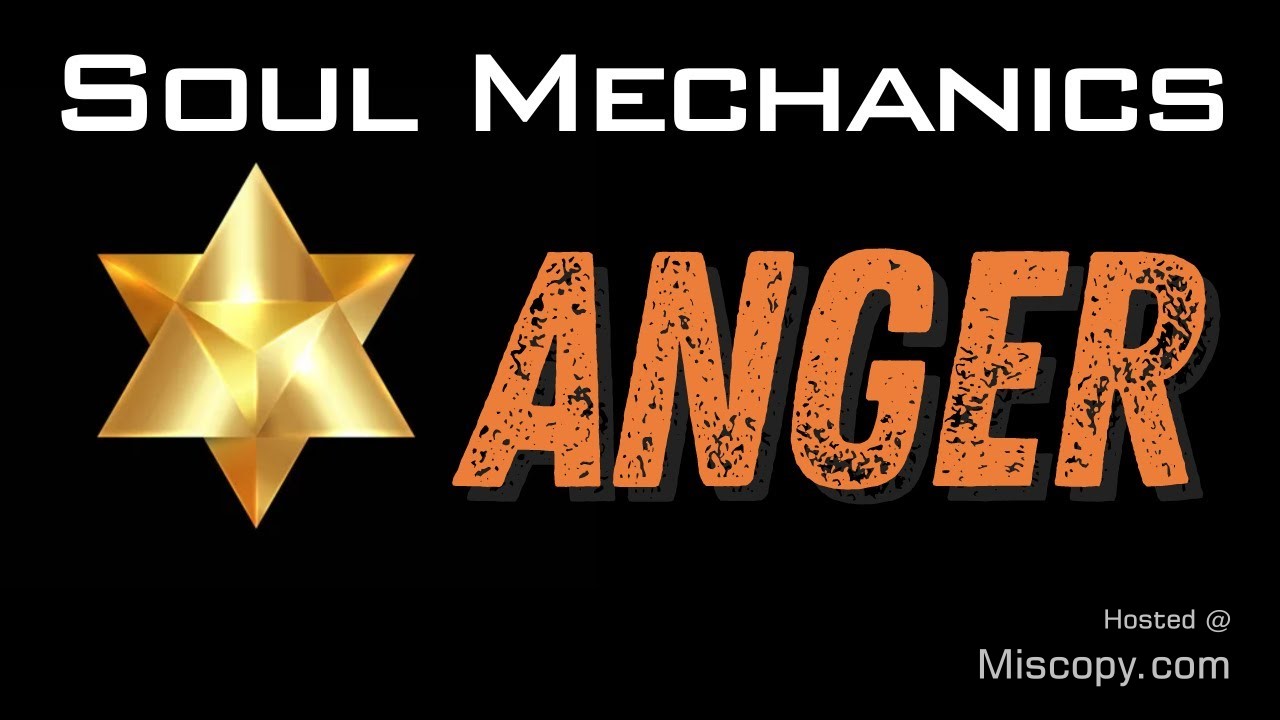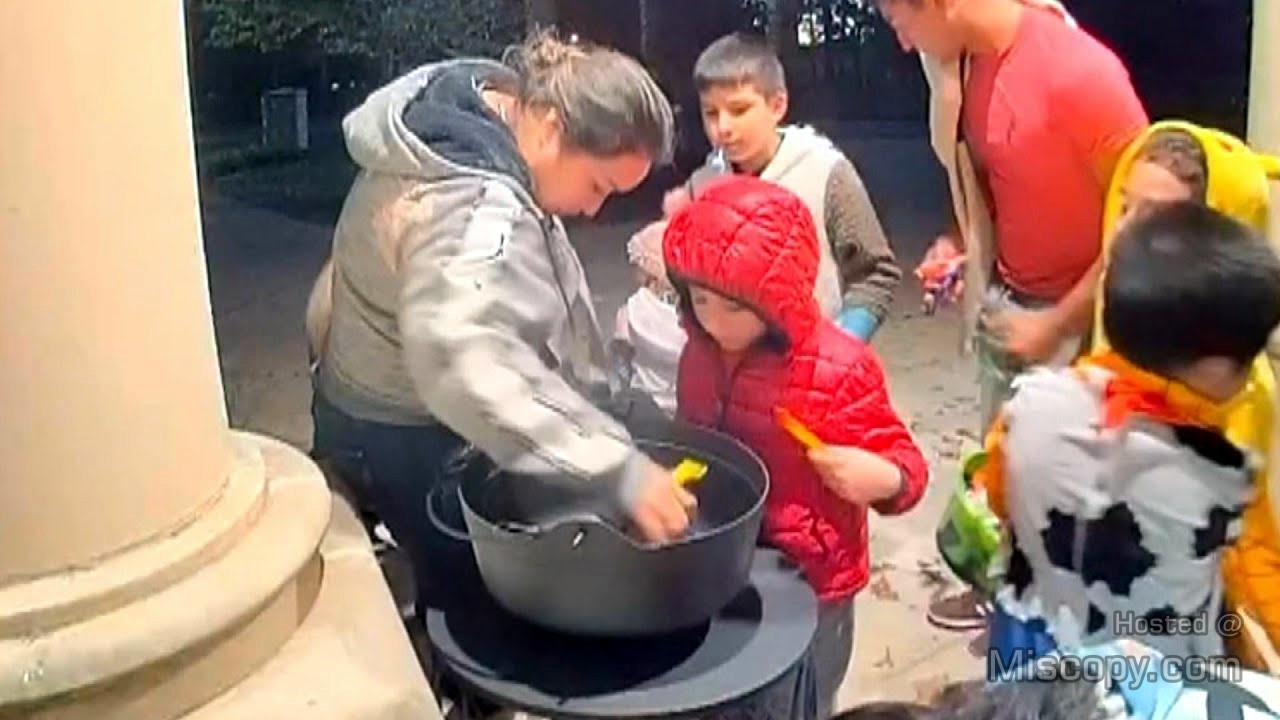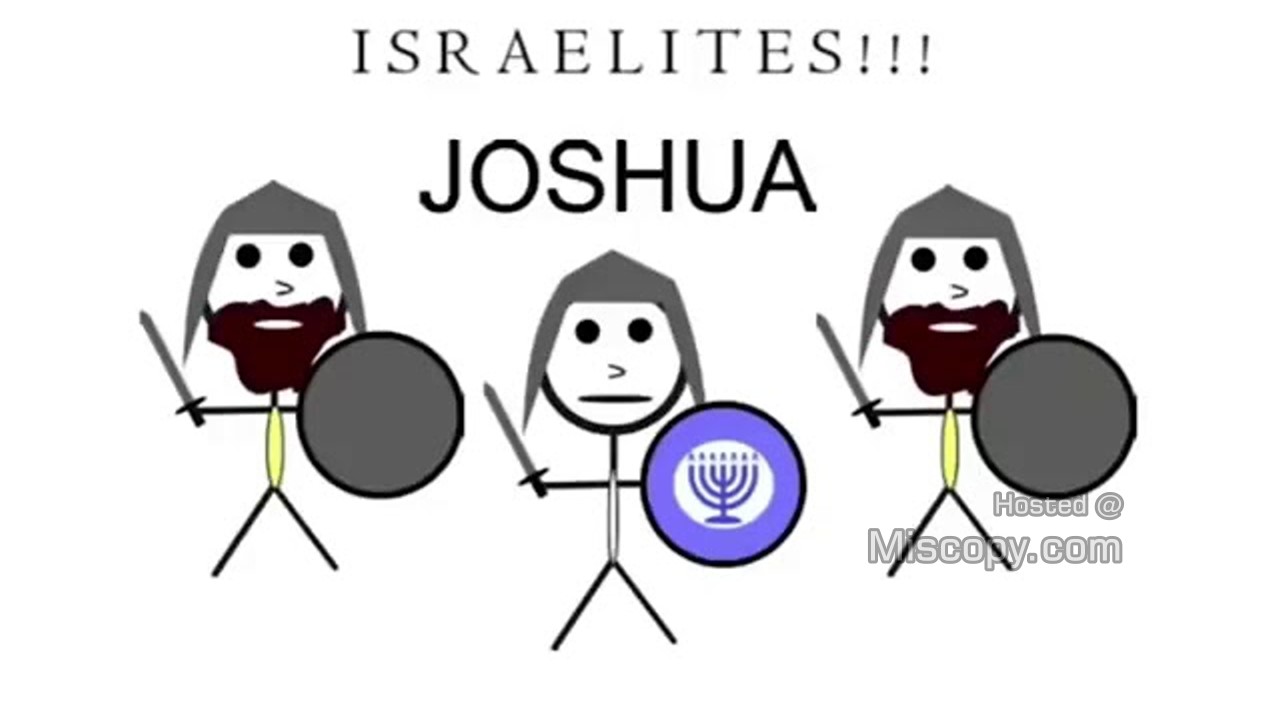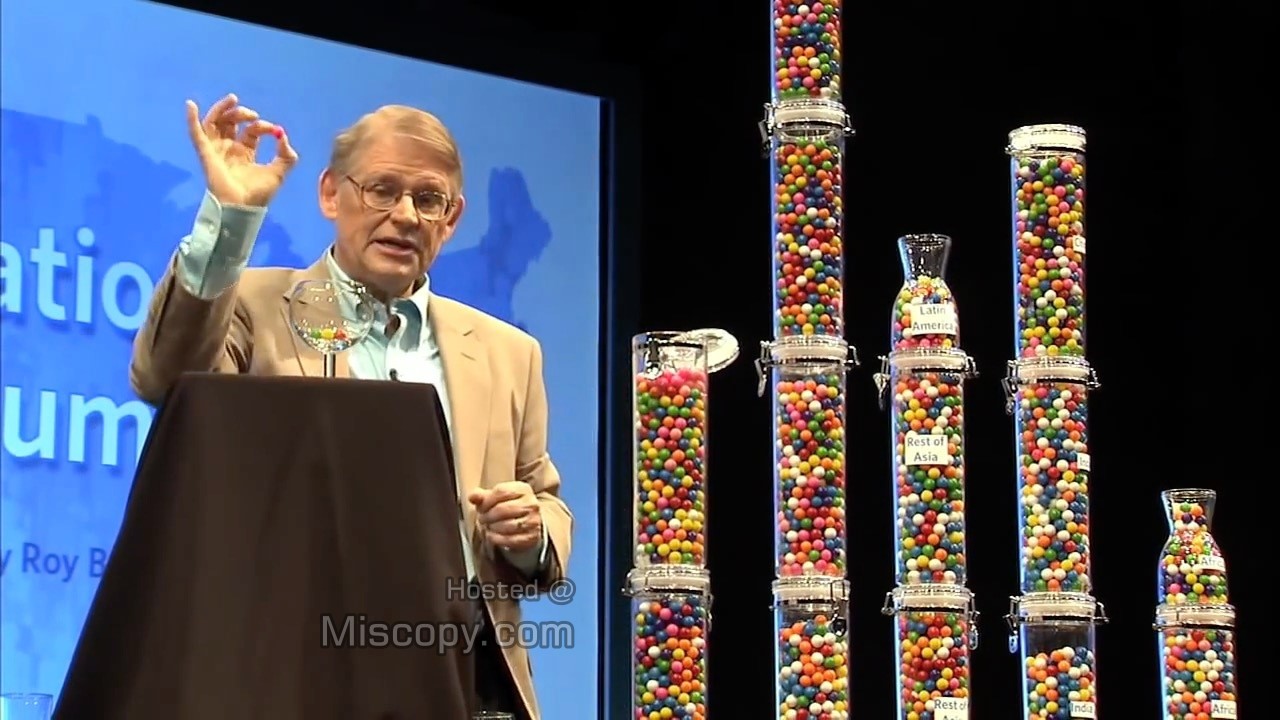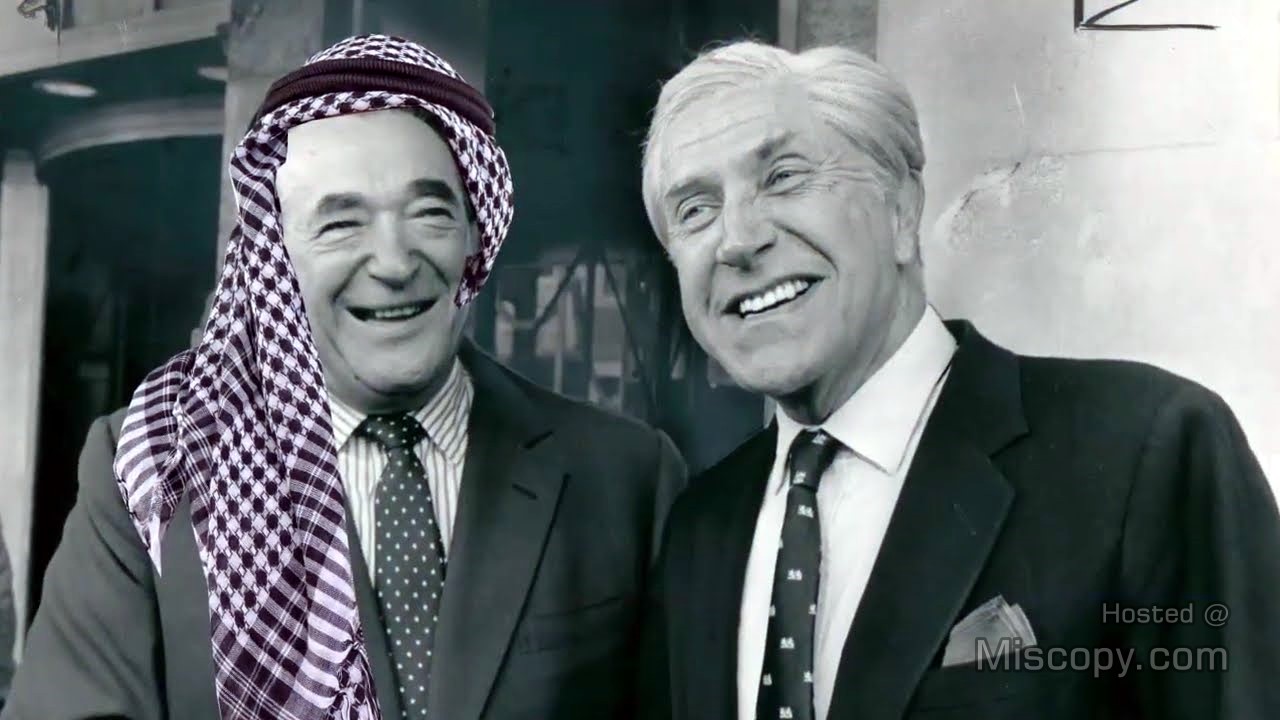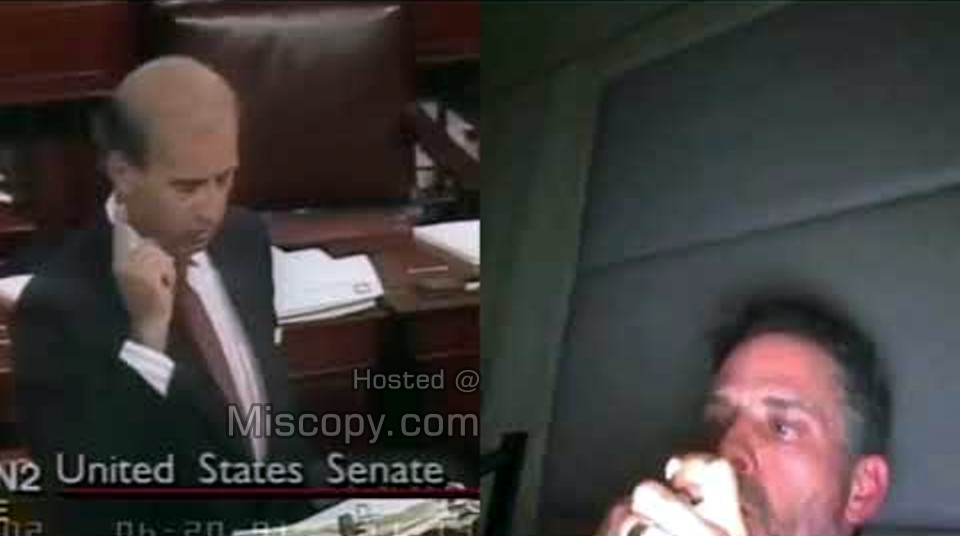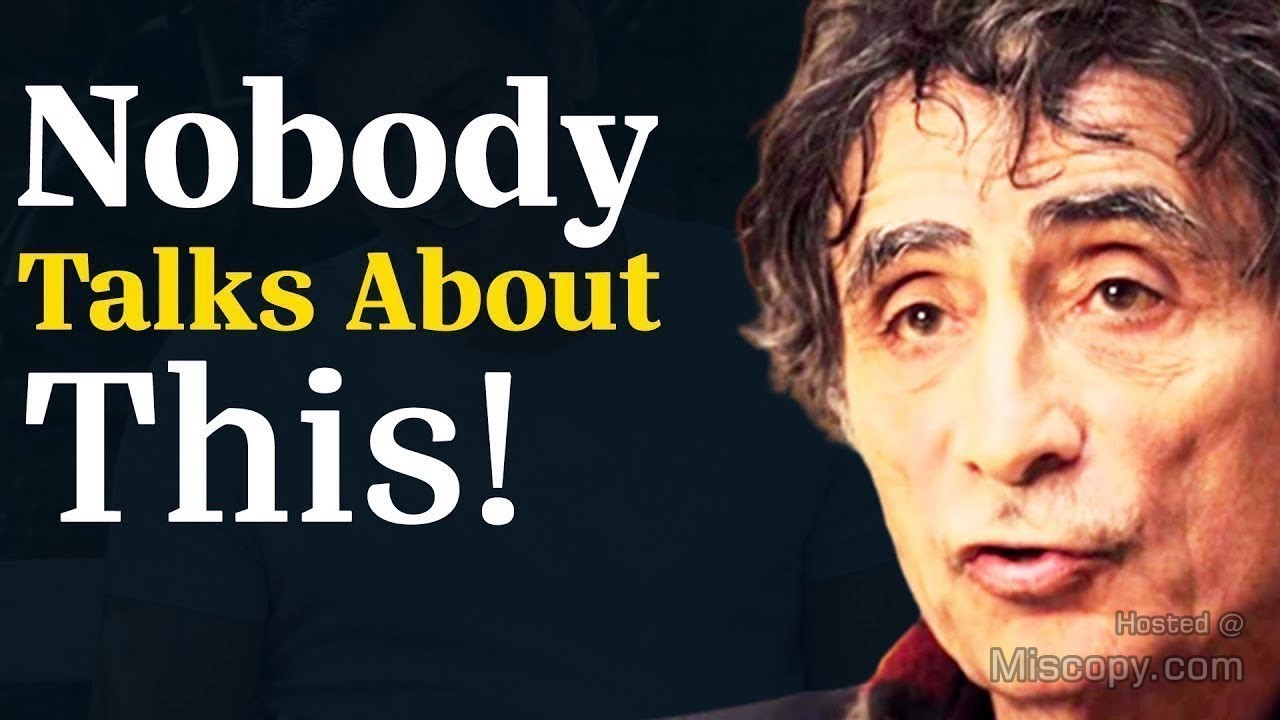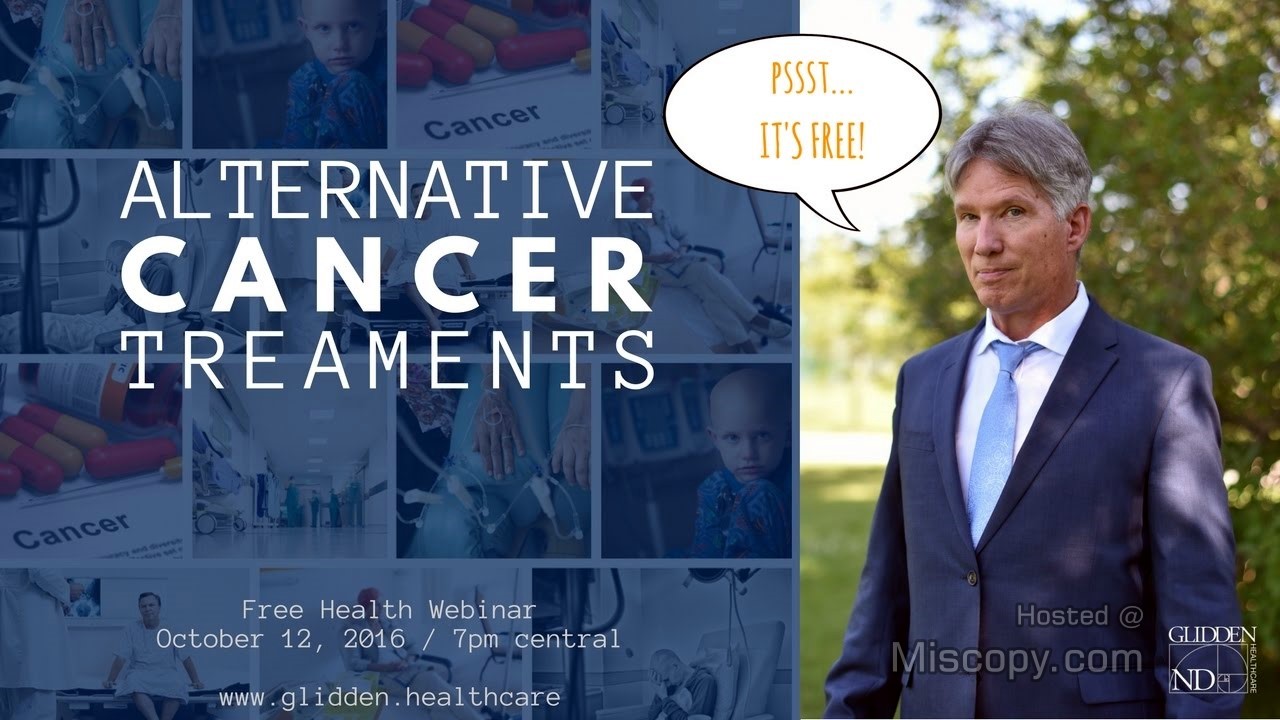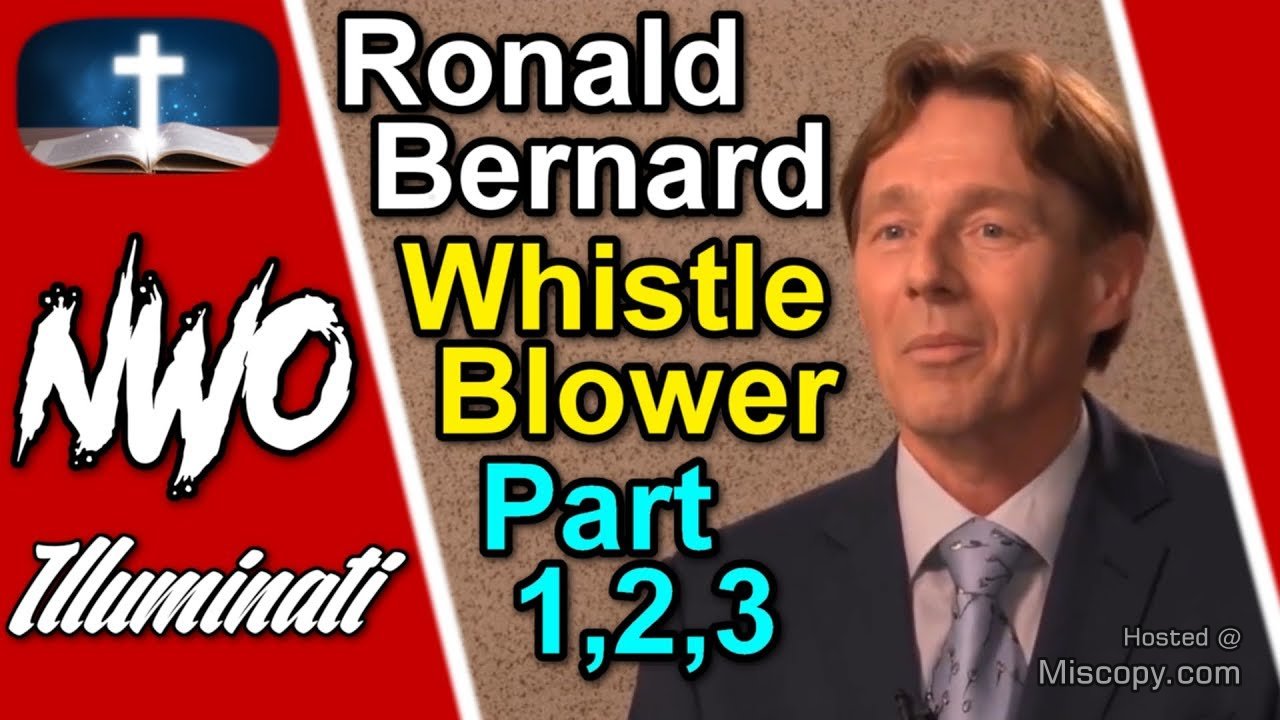In this YouTube video, Dr. Pim van Lommel raises questions about the nature of consciousness and its relationship to brain activity. He discusses Near-Death Experiences (NDEs) and how they initially led him to investigate the phenomenon in more detail after a personal experience with one of his patients’ NDE.
Dr. Lommel discusses his research showing that NDEs are not solely dependent on brain function but may be associated with the experiences and perceptions of individuals. He argues that consciousness is beyond space and time, and his research and experience with NDEs suggest that it transcends the physical body.
He emphasizes the importance of incorporating subjective experiences into scientific research and calls for expanding the field of science into a “post-materialist” paradigm. Additionally, Dr. Lommel touches upon the concept of consciousness beyond death and how it relates to changing the world and the importance of love, empathy, and compassion in creating positive change.
Dr. Pim van Lommel says he is not afraid of death, and he believes that people who have Near Death Experiences (NDEs) share this fearlessness. Dr. van Lommel describes his own attitude as being “98% fearless” and expresses his fascination with the nature of NDEs. He stresses the significance of living each day with happiness and gratitude.
Detailed Description
The excerpt from Dr. Pim van Lommel’s interview in this YouTube video raises a question about the nature of consciousness and its relationship to brain activity. Dr. Lommel discusses his extensive research on Near-Death Experiences (NDEs) and how he initially became involved in the field due to the dismissive attitudes of traditional medical professionals towards NDEs. Dr. Lommel reflects on a particular patient’s experience with NDEs following a cardiac arrest, which made him rethink his approach to medicine and health. He suggests that consciousness cannot be explained solely as a byproduct of brain activity and that it transcends both space and time. Later in the interview, Dr. Lommel shares his thoughts on the importance of incorporating subjective experiences into scientific research and expanding the field of science into a “post-materialist” paradigm.
Dr. van Lommel, who was a young doctor at the time of his specialization, was approached by the families of his patients who had undergone cardiac arrest and had described disturbing NDEs. These experiences included aspects such as dark regions and an out-of-body experience in a distant location. Despite initially dismissing NDEs as due to hallucinations, Dr. van Lommel began to study the phenomenon more closely after his own experience with the experiences of his patients. He conducted a prospective study of patients who had survived cardiac arrest, and found that twelve out of fifty patients had shared their NDEs with him. This sparked Dr. van Lommel’s curiosity about the possibility that consciousness is not solely dependent on brain function, but may also be related to the experiences and perceptions of the individual.
Dr. Pim van Lommel then discusses the results of a prospective study that aimed to find a good explanation for the cause of Near-Death Experiences (NDEs). The study compared 18% of patients with an NDE and 82% of patients with a cardiac arrest with no memories at all. The results showed that there was no difference in the severity of anoxia at all between the two groups, which means that lack of oxygen in the brain cannot be an explanation for NDEs. Dr. van Lommel also excluded psychological explanations like fear of death, prior knowledge, religion, gender, education, and age as potential causes of NDEs. He concluded that NDEs are a subjective experience and that the main transformation experienced by those who have had an NDE is a loss or fear of death and the development of empathy, compassion, and love. Dr. van Lommel also noted that this transformation is objective proof of the subjective experience of NDEs.
Dr. Pim van Lommel goes on to explain how the global neuronal workspace in the brain is necessary for experiencing waking consciousness. He also discusses the lack of a functional global workspace in cases of cardiac arrest, which results in the loss of all brain functions and a flatline EEG. The study on induced cardiac arrest in ICD patients with an EEG confirms this clinical finding. Dr. van Lommel further explains that not all cells will die, but brain cells are very susceptible to oxygen deprivation.
Dr. Pim van Lommel then discusses his views on consciousness beyond death and the limitations of science in understanding it. He questions the assumption that consciousness is a product of brain function, as evidenced by the experiences of patients who survived cardiac arrest with enhanced consciousness. He emphasizes the reliving nature of this consciousness and the connections with others and the past and future. He also touches upon non-locality and the difficulty of putting such experiences into words. Further, he points out the paradoxical occurrence of enhanced consciousness in patients with brain damage and the challenges of understanding it.
After that, Dr. Pim van Lommel discusses how some people who allegedly experienced NDEs report seeing things happening in the room while they were resuscitated. Dr. Van Lommel explains that this out-of-body experience is possible during cardiac arrest, when people can perceive from a position above their lifeless body. He also discusses the example of a man who lost his dentures, which he uses to demonstrate the veridical nature of these NDEs. According to Dr. Van Lommel, many people who have experienced NDEs have had veridical perceptions that have been corroborated by doctors, nurses, and family members.
Dr. Pim van Lommel proceeds to describe his experiences with patients who have returned from death, including a man who was resuscitated and intubated for over 1.5 hours before regaining blood pressure and circulation. Dr. van Lommel notes that this patient was able to describe the resuscitation room in detail, including the nurses and doctors who were present. He also notes that this case is not unique and has been extensively written about in the book “The Soul Doesn’t Die.” Dr. van Lommel discusses the fear and aggression that neuroscientists may have when faced with the possibility that their understanding of consciousness may be incorrect, and how this fear can lead to a reluctance to study the topic. He notes that his own research into this topic was not widely accepted when he began, but over time, more people have become interested in the subject.
Dr. Pim van Lommel explains that despite the lack of funding for such a study, he and his team dedicated ten years of research on weekends, evenings, and holidays, taking holidays and training volunteers for a longitudinal study. The Lancet published their findings, which surprised people, and it was also a challenge to find suitable methodology to explain the subject, but it was ultimately published because the methodology was sound. Van Lommel discusses how phenomena such as NDEs, terminal lucidity, and donor personality transfer point in the direction that consciousness is independent of the functioning of the brain, but it also tells us that there is a relationship and connection between body and consciousness. Van Lommel explains that consciousness is beyond time and space and is always everywhere, but it is experienced when one has a functioning brain. He describes the brain as an instrument that transmits information from the body and senses to consciousness and receives information from consciousness into the body. Dr. van Lommel says that the damage to the brain affects its function to experience consciousness, even as a damaged TV set affects the program.
Dr. Pim van Lommel then discusses the relationship between consciousness and the brain. He explains that consciousness is not limited to the waking state, but can also occur during sleep, general anesthesia, and even in the moments leading up to death. He notes that while the function of the brain is connected to consciousness, consciousness itself cannot be damaged, as it exists in a non-local dimension without time or space. Dr. van Lommel mentions several examples of altered states of consciousness, including NDEs and end-of-life experiences. He notes that these experiences can be seen as hallucinations or side effects of drugs, but points out that studies have shown that a large percentage of dying patients have end-of-life experiences.
He also discusses the phenomenon of terminal lucidity, in which patients with Alzheimer’s disease or other brain diseases are able to have brief periods of cognitive function just before death. Dr. van Lommel then discusses the idea of pre-mortal experiences, in which people feel a connection with their deceased loved ones just before they die. He notes that this experience can be accompanied by shared death experiences, in which people feel as if they are transported to another dimension or experience a life review of their deceased loved ones. Finally, Dr. van Lommel talks about after-death communication, in which people report experiencing contact with the consciousness of their deceased loved ones just after their death. He notes that this phenomenon is common around the world, with millions of people reporting these experiences. However, he acknowledges that these experiences are often not discussed openly, as they may be seen as hallucinations or dreamlike states.
Dr. Pim van Lommel also mentions instances where children who have died come back to help or advise living individuals. Dr. van Lommel argues that these examples are difficult to explain through the materialist definition of science, which only considers objective and measurable aspects, and excludes subjective experiences. He believes that consciousness is an essential aspect of who we are and calls for expanding science into post-materialist science, which includes subjective experiences in the scientific method. Dr. van Lommel believes that a living being is more than just matter, and that consciousness and subjective aspects should be included in understanding and studying living beings. He also agrees with Nikola Tesla’s quote that science that truly investigates non-physical phenomena will make significant progress in a short period.
Dr. Pim van Lommel then discusses the paradigm shift required for consciousness to be seen as a non-material aspect, which he believes will take time to be accepted. He cites the example of quantum physics, which took about 70 years to be accepted worldwide, as a precedent for this. He also talks about the importance of studying Near-Death Experiences (NDEs) in patients with cardiac arrest, as it proves that consciousness cannot be a product of brain function. He also mentions that NDEs can occur in various circumstances, not just critical medical situations, such as meditation, isolation, shipwrecks, astronauts, severe depression, and even walking in nature.
Dr. Pim van Lommel argues that consciousness is the essence of who we are and that everything we perceive is a product of our consciousness. He emphasizes the importance of love, empathy, and compassion in creating a positive impact on the world and states that we must change our consciousness to create change. Dr. van Lommel shares his personal experience of a gradual change in his understanding of life and the interconnectedness of all things.
When the interviewer asks the neurosurgeon about his attitude towards death, Dr. van Lommel responds that he’s not afraid of death and that he thinks people with Near Death Experiences (NDEs) have no fear at all. He describes his own attitude as being “98% fearless” and expresses curiosity about the nature of these experiences. He emphasizes the importance of enjoying each day and being happy and grateful.
